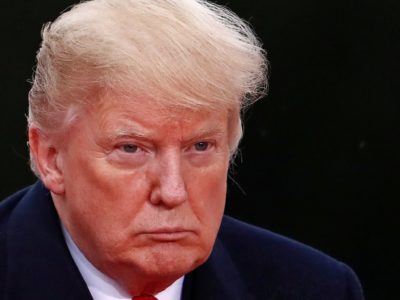Super PACs, the Presidential Election, and the Public Good
This is going to be a very close election — close enough that, if Romney wins, a key factor will be Citizens United and related judicial rulings that have helped create the Super PACs. Figures collected by the LA Times show that since April 15, Super PACs have spent over $216 million to defeat Obama versus only $73 million to defeat Romney, a 3:1 margin favoring Romney. These lopsided Super PAC expenditures expand the influence of business interests that resent environmental regulation, versus ordinary Americans who benefit from cleaner air and water. If Romney manages to eke out a victory, the $140 million edge in Super PAC spending will be at least a thumb on the scales in his victory.
The Supreme Court takes the view that the role of big money donors is just to enrich the public debate. That seems naive, to say the least. The influence of big money distorts the political process in several ways First, it skews political power toward the wealthy. When Sheldon Adelson gives $37 million to Super PACs, he has as much influence as 370,000 middle-class Americans making $100 campaign contributions. Second, it increases political polarization. The incentive to make a big gift is strongest for those with the most intense political feelings and the most intensive opposition to the other side — which means people who probably aren’t centrists. Third, it increases special interest influence, since the big donors represent business interests that officials have strong reasons to cultivate.
Today’s Super PACs are the end result of a long series of judicial attacks on campaign finance reform stretching back to 1976. Super PACs are “independent” action committees that can accept unlimited donations from individuals and corporations. For example, Chevron donated $2.5 million to a pro-Romney Super PAC. (So if you buy gas from Chevron, you’re making a campaign contribution to Romney). The largest donors, however, are billionaires such as the two largest: casino mogul Sheldon Adelson and Harold Simmons, who is (primarily) in the titanium business and has been the subject of many Superfund lawsuits.
These committees work closely with the candidates even though they are supposedly independent. Candidates can speak at fundraisers for Super PACs, as in Romney’s now famous fundraising speech in Boca Raton. Members of a candidate’s staff can leave the campaign to run Super PACs to ensure that the Super PAC sticks with the candidate’s campaign strategy. So the independence of Super PACs is something of a myth that courts endorse in order to minimize the cozy relations between donors and candidates.
It doesn’t take much to sway a super-close election. In the 2000 election, the difference between victory and defeat for George Bush was the butterfly ballot, the design mistake by a local official that led to thousands of votes for Pat Buchanan by people who thought they were voting for Al Gore. The huge edge in Super PAC spending will make a lot more difference than the butterfly ballot. The net effect of Super PAC’s, and the political influence purchased by their supporters, will be to increase the power of special interests and undermine the power of the government to produce public goods like environmental quality.
Reader Comments
4 Replies to “Super PACs, the Presidential Election, and the Public Good”
Comments are closed.







Reblogged this on Without Prejudice and commented:
Another perspective regarding the implications of Citizens United.
Reblogged this on Without Prejudice and commented:
Another perspective regarding the implications of Citizens United.
Frontline piece on the outsized impact of Citizens United on local and state elections: http://www.pbs.org/wgbh/pages/frontline/big-sky-big-money/
Frontline piece on the outsized impact of Citizens United on local and state elections: http://www.pbs.org/wgbh/pages/frontline/big-sky-big-money/